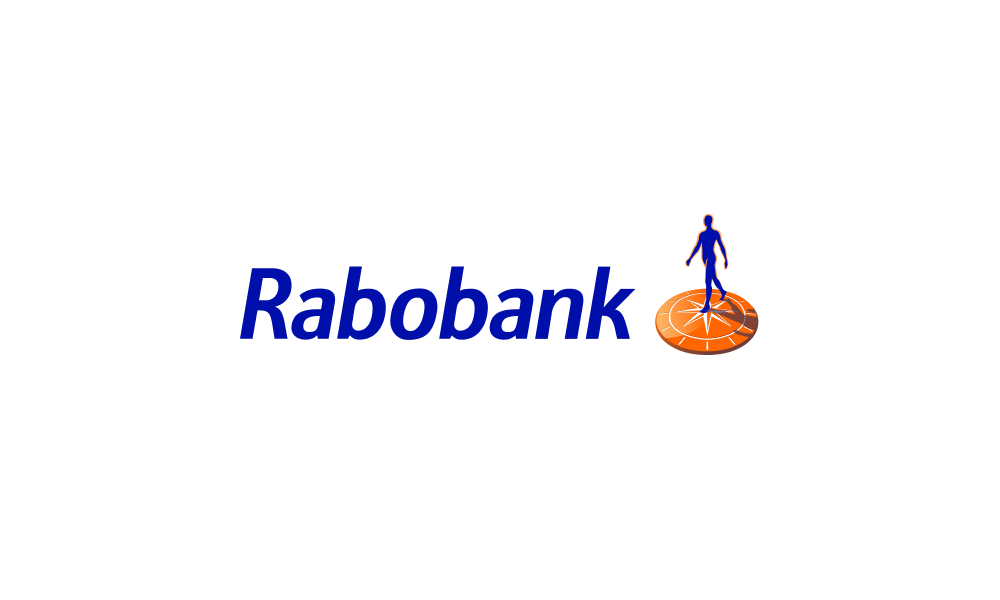2022-04-07

Australia Agribusiness April 2022: Input Cost Rises Eat Into Farming Margins Featured
Milk supply in export regions, particularly New Zealand, has been declining, contributing to a global supply crunch. Rising costs of production and weather-related disruptions further exacerbate the situation. Despite strengthening global dairy commodity prices, the supply shortage may continue to impact export returns and result in higher food prices for consumers. However, the timely and record-high milk price offers from Australian companies provide some support for local dairy farmers.
The beef sector is experiencing limited cattle availability due to dry conditions in northern Queensland and the Northern Territory. Below-average rainfall has led to increased cattle sales, particularly of younger and lighter cattle, and may result in a drop in young cattle prices. Abattoirs are facing challenges in managing available workforces, leading to longer wait times for processing. While beef export volumes remain low, there has been a slight increase compared to earlier months, but still below the five-year average. With ongoing supply constraints, the availability of live export cattle is expected to be more limited in the future.
The war in Ukraine and ongoing geopolitical risks have driven grain and oilseed prices higher. The disruption in Russian and Ukrainian exports has led to global supply concerns. Sanctions and trade bans are expected to have enduring structural impacts on Russia's and Ukraine's grain production. Local wheat prices are expected to see limited upside due to congested export supply chains, while barley prices are likely to maintain recent gains due to a lack of global availability. Additionally, high fertiliser prices caused by the war in Ukraine are impacting the supply and energy front, posing further challenges for farmers.


